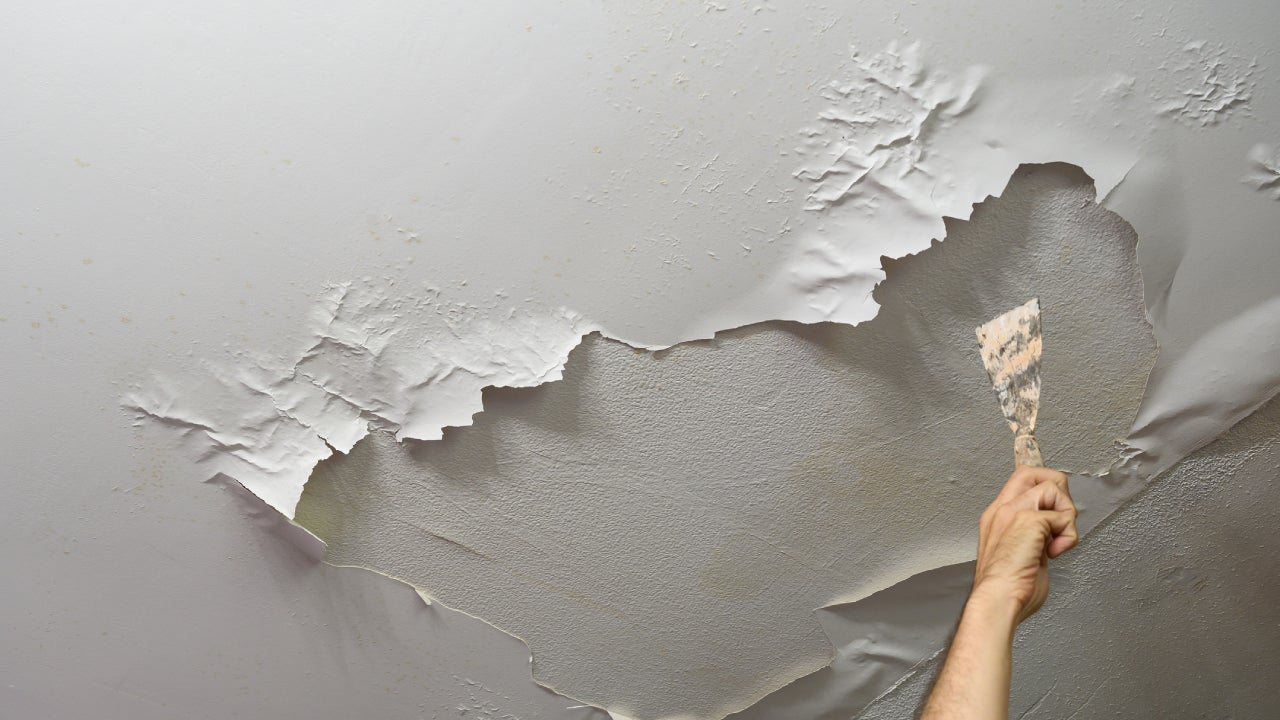Every person may have their own opinion on the subject of Reducing Your Risk Of Water And Fire Damage At Home.

Though water provides life, water breach on parts where it's not intended to be can cause damage. If the water soaks right into your structure, it can peel away surfaces as well as erode the foundation. Mold and also mold also prosper in a wet environment, which can be dangerous for your health. Homes with water damage smell old and also moldy.
Water can come from lots of resources such as tropical storms, floodings, ruptured pipes, leaks, as well as drain issues. In case you experience water damage, it would certainly be great to recognize some security preventative measures. Here are a couple of guidelines on exactly how to deal with water damage.
Do Prioritize Home Insurance Protection
Water damage from flood because of heavy winds is seasonal. However, you can additionally experience a sudden flood when a defective pipeline unexpectedly ruptures into your house. It would be best to have home insurance that covers both acts of God such as natural calamities, as well as emergency situations like busted plumbing.
Do Not Fail To Remember to Switch Off Energies
In case of a calamity, specifically if you live in a flood-prone area, it would certainly be recommended to switch off the main electric circuit. This removes power to your whole home, stopping electrical shocks when water comes in as it is a conductor. Additionally, don't forget to switch off the primary water line shutoff. When floodwaters are high, furniture will move and create damages. Having the primary shutoff turned off avoids more damages.
Do Stay Proactive and Heed Weather Condition Notifies
Pay attention to discharge warnings if you live near a lake, river, or creek . Doing so minimizes potential building damage.
Don't Ignore the Roof
Before the weather condition turns terrible, see to it you have a roof covering evaluation. In fact, it would certainly be prudent to obtain this solution each year as it can reduce intricate issues. You can stay clear of rain damage if there are no holes and leakages in your roofing. Your roofing professional will certainly likewise deal with malfunctioning seamless gutters or any other indicators of weakening. This will certainly stop water from streaming down your wall surfaces and also soaking your ceiling.
Do Pay Attention to Tiny Leaks
A ruptured pipeline doesn't take place overnight. You might discover gurgling paint, peeling wallpaper, water touches, water stains, or trickling noises behind the walls. Have your plumbing repaired prior to it results in enormous damages.
Do Not Panic in Case of a Ruptured Pipe
Maintaining your clearheadedness is essential in a time of crisis. Worrying will just compound the issue since it will certainly stifle you from acting fast. When it concerns water damage, timing is vital. The longer you wait, the even more damage you can expect. Thus, if a pipeline bursts in your house, right away shut down your main water shutoff to remove the source. Disconnect all electrical outlets in the location or transform off the circuit breaker for that component of the home. Call a reputable water damages reconstruction expert for support.
Water offers life, water invasion on parts where it's not supposed to be can result in damages. Residences with water damage smell stuffy and also old.
Water damages from flood charges to heavy winds is seasonal. You might observe bubbling paint, peeling off wallpaper, water streaks, water stains, or trickling audios behind the walls. When it comes to water damages, timing is essential.
Some Do's & Don't When Dealing with a Water Damage
DO:
Make sure the water source has been eliminated. Contact a plumber if needed. Turn off circuit breakers supplying electricity to wet areas and unplug any electronics that are on wet carpet or surfaces Remove small furniture items Remove as much excess water as possible by mopping or blotting; Use WHITE towels to blot wet carpeting Wipe water from wooden furniture after removing anything on it Remove and prop up wet upholstery cushions for even drying (check for any bleeding) Pin up curtains or furniture skirts if needed Place aluminum foil, saucers or wood blocks between furniture legs and wet carpet Turn on air conditioning for maximum drying in winter and open windows in the summer Open any drawers and cabinets affected for complete drying but do not force them open Remove any valuable art objects or paintings to a safe, dry place Open any suitcases or luggage that may have been affected to dry, preferably in sunlight Hang any fur or leather goods to dry at room temperature Punch small holes in sagging ceilings to relieve trapped water (don't forget to place pans beneath!); however, if the ceiling is sagging extremely low, stay out of the room and we'll take care of it DO NOT:
Leave wet fabrics in place; dry them as soon as possible Leave books, magazines or any other colored items on wet carpets or floor Use your household vacuum to remove water Use TV's or other electronics/appliances while standing on wet carpets or floors; especially not on wet concrete floors Turn on ceiling fixtures if the ceiling is wet Turn your heat up, unless instructed otherwise

We were shown that editorial on Fire And Water Damage Prevention through an associate on our other site. Be sure to take the time to distribute this blog entry if you enjoyed it. We cherish reading our article about Safety Tips To Prevent Fire And Water Damage.